Do you have a question about the GE TLE 160 and is the answer not in the manual?
General safety guidelines and warnings for UPS installation and operation.
General safety precautions for handling and moving the UPS unit.
Safety guidelines for installing, connecting, and storing the UPS unit.
Safety precautions and guidelines when handling UPS batteries.
Detailed view of the physical layout for the TLE Series 160-225-250 UPS.
Highlights the efficiency features of the TLE Series 160-500 UPS.
Description of the control system, rectifier, inverter, bypass, protection, and battery.
Details of VFI mode and explanation of the eBoost™ mode for high efficiency.
Introduction to the Redundant Parallel Architecture system.
Key features of RPA, system control, communication bus, and synchronization.
How load is shared equally among parallel units.
Detailed description of the control panel's functions and interface.
Description of the main UPS status screen.
Details of battery and rectifier parameters displayed on the screen.
Displays active alarms, user logs, and service logs with detailed characteristics.
Displays UPS identification details like ID, Model, S/N, and software versions.
First set of commands for controlling UPS modules like Rectifier, Inverter, and shutdown.
Accessing the display for RPA Parallel System status.
Description of the elements and indicators on the RPA Parallel System screen.
Examples of different unit status situations in the RPA Parallel System.
Procedures for operating a single TLE Series UPS unit.
Procedures for using the UPS as a frequency converter.
Procedures for operating the UPS in a parallel system.
Step-by-step guide for the initial start-up of the UPS.
Initial start-up procedure when the UPS is configured as a frequency converter.
Step-by-step guide for starting up a parallel UPS system.
Options for connecting the UPS to networks for monitoring and management.
Description of optional features available within the UPS cabinet.
General information on periodic preventive maintenance for UPS systems.
Performing service checks, fan cleaning, and ventilation importance.
Identifying components with limited lifespan that require replacement.
Battery maintenance, room conditions, and temperature impact on UPS.
Detailed checklist for a comprehensive preventive maintenance program.
A template for documenting UPS operations, maintenance, and events.
General safety guidelines and warnings for UPS installation and operation.
General safety precautions for handling and moving the UPS unit.
Safety guidelines for installing, connecting, and storing the UPS unit.
Safety precautions and guidelines when handling UPS batteries.
Detailed view of the physical layout for the TLE Series 160-225-250 UPS.
Highlights the efficiency features of the TLE Series 160-500 UPS.
Description of the control system, rectifier, inverter, bypass, protection, and battery.
Details of VFI mode and explanation of the eBoost™ mode for high efficiency.
Introduction to the Redundant Parallel Architecture system.
Key features of RPA, system control, communication bus, and synchronization.
How load is shared equally among parallel units.
Detailed description of the control panel's functions and interface.
Description of the main UPS status screen.
Details of battery and rectifier parameters displayed on the screen.
Displays active alarms, user logs, and service logs with detailed characteristics.
Displays UPS identification details like ID, Model, S/N, and software versions.
First set of commands for controlling UPS modules like Rectifier, Inverter, and shutdown.
Accessing the display for RPA Parallel System status.
Description of the elements and indicators on the RPA Parallel System screen.
Examples of different unit status situations in the RPA Parallel System.
Procedures for operating a single TLE Series UPS unit.
Procedures for using the UPS as a frequency converter.
Procedures for operating the UPS in a parallel system.
Step-by-step guide for the initial start-up of the UPS.
Initial start-up procedure when the UPS is configured as a frequency converter.
Step-by-step guide for starting up a parallel UPS system.
Options for connecting the UPS to networks for monitoring and management.
Description of optional features available within the UPS cabinet.
General information on periodic preventive maintenance for UPS systems.
Performing service checks, fan cleaning, and ventilation importance.
Identifying components with limited lifespan that require replacement.
Battery maintenance, room conditions, and temperature impact on UPS.
Detailed checklist for a comprehensive preventive maintenance program.
A template for documenting UPS operations, maintenance, and events.
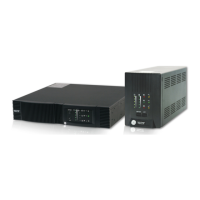
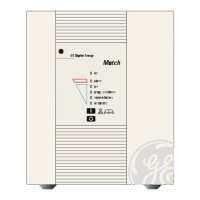
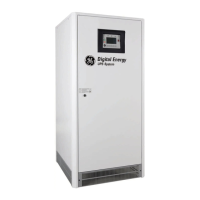

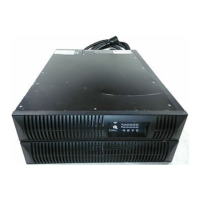
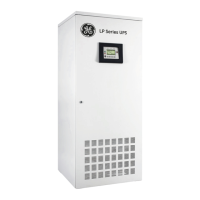
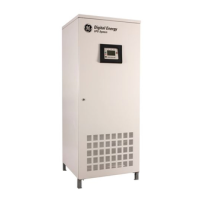
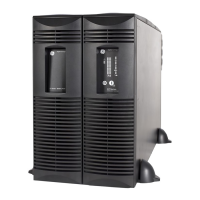
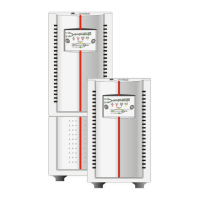
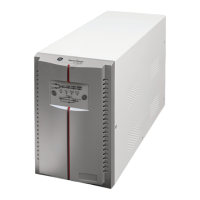
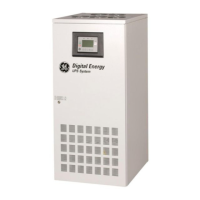
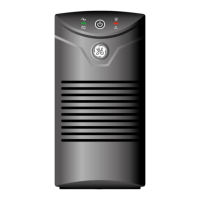
